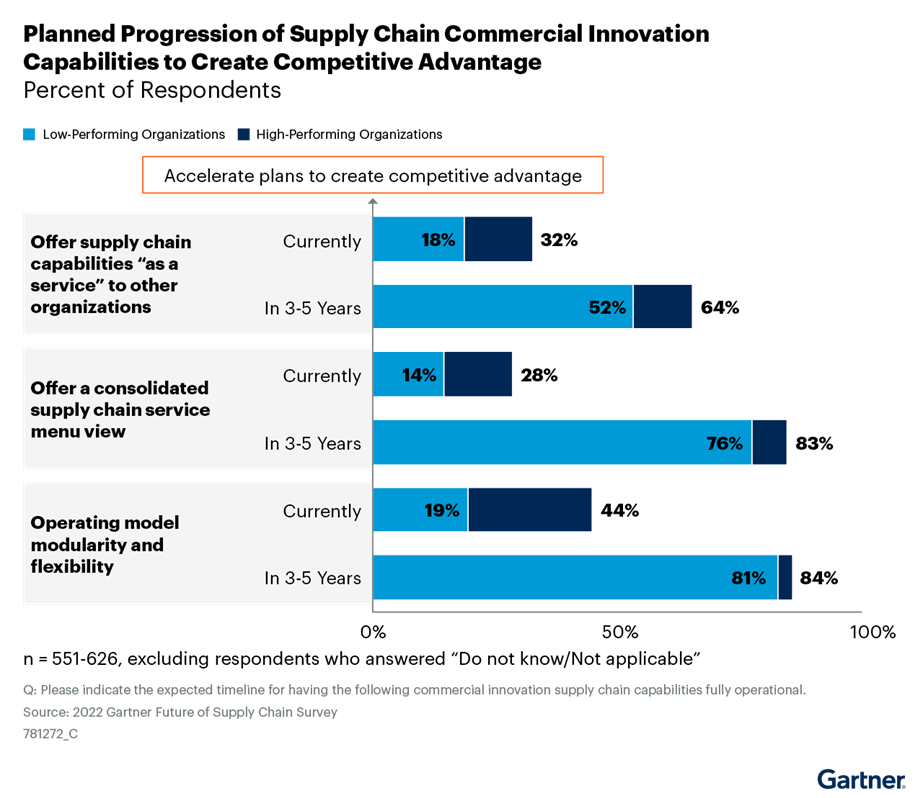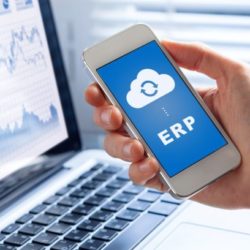Gartner: ‘‘Customer enablement will become the norm within five years’’

Supply chain organizations that empower customers to do things themselves are twice as likely to receive repeat orders than companies that focus purely on customer satisfaction or convenience, according to new research by analyst firm Gartner. Although the study found that only 23% of supply chain organizations have currently adopted ‘customer enablement’, Gartner believes that this innovative customer experience strategy will become the norm within the next five years.
To gain insight into future strategic plans for the supply chain, Gartner surveyed 650 supply chain leaders from different regions and industries in 2022. This revealed that ‘customer enablement’, i.e. the processes and strategies employed by companies to improve the overall customer experience, is the strategy of the future. Over the next five years, 80-90% of the respondents plan to adopt key components of one or more of the four areas identified by the survey: commercial innovation, sustainability, real-time execution and human-centric work design.
“The survey data showed that high-performing supply chain organizations are capturing competitive advantage and have capabilities at operational rates often twice as high as their lower-performing peers,” said Jennifer Loveland, Senior Director Analyst at Gartner.
Commercial innovation
Gartner identified high-performing supply chain organizations by their ability to exceed expectations on eight distinct measures, including customer experience, stakeholder expectations and business performance. Loveland highlighted the differences in how leading supply chain organizations approach commercial innovation strategies as an important example of the many best practices that high-performing supply chains are adopting today. She encouraged all supply chains to adopt these to keep pace with their industry peers in the next three to five years. “Commercial innovation requires that there is no one-size-fits-all customer experience across the supply chain and no one-size-fits-every interaction for a specific customer,” she said.
Differentiated supply chain experience
Traditionally, supply chain leaders think about products or customers in terms of high, medium or low value segments as the primary way to differentiate supply chain service. But customer enablement goes beyond that by looking at supply chain choices as being about more than just cost, lead time and availability to truly differentiate the supply chain experience per order. High-performing organizations are adopting the specific strategies to achieve this much faster than their lower-performing competitors, but the strategies will become mainstream within three to five years, according to Gartner.
Supply chain organizations are all experiencing similar challenges in reinventing their commercial innovation strategies, regardless of their performance level. As the main obstacles to success, both high- and low-performing organizations cited operational challenges and a lack of funds to pursue opportunities.
Compiling a ‘service menu’
“All organizations can start now to build a service menu that captures the current options available where customers interact with their supply chain,” added Loveland. “Rapid innovation to expand that service menu captures an early-mover advantage, while ongoing innovation in specific categories such as Supply Chain as a Service (SCaaS) offers opportunities for advantage even beyond five years.”
To identify cost improvement opportunities and free up more budget, supply chain organizations should focus on cost transparency across the board. A cost-to-serve model can help align supply chain costs with service choices, rather than functions. This will lead to better transparency, according to Gartner, and will also increase the ability to fund new commercial innovation strategies.











